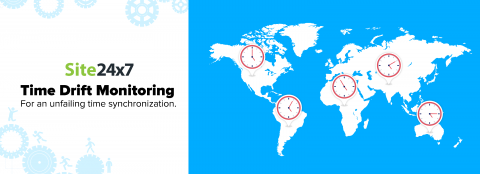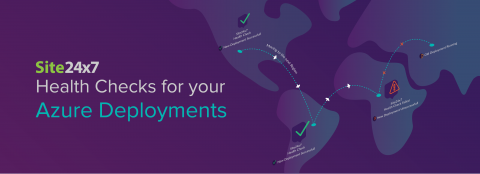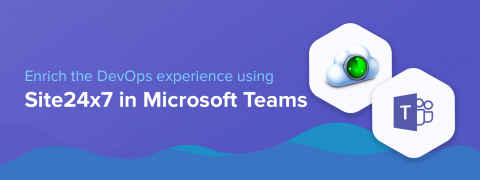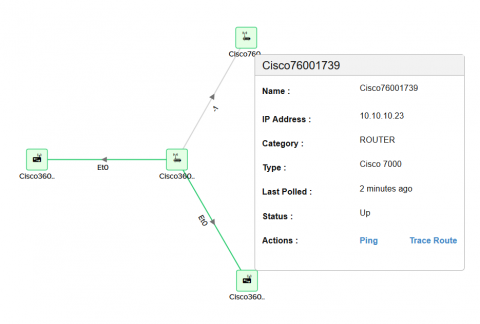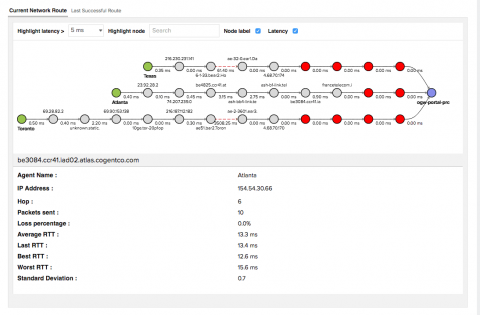Time drift monitoring: Troubles of unsynchronized servers
A distributed IT infrastructure has many servers operating across multiple regions. Applying a single consistent time across servers will ensure isolated servers communicate in the proper time zone when exposed to the internet. When Microsoft encountered this problem back in 2017, the servers were offset by almost an hour, affecting a number of windows machines. With Reddit, it was a different case.


